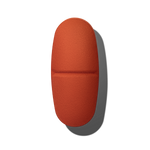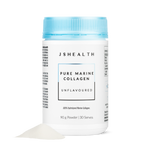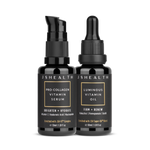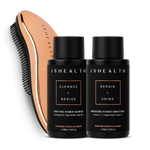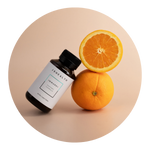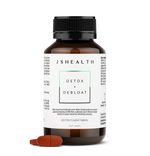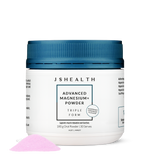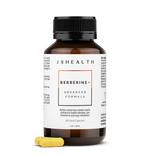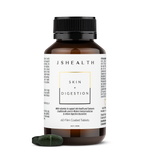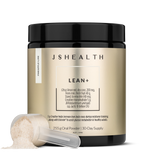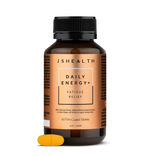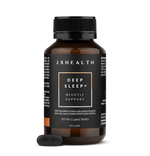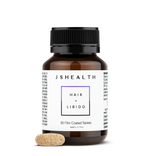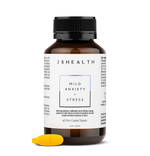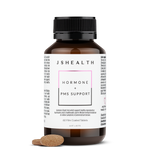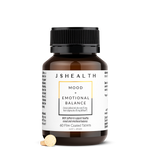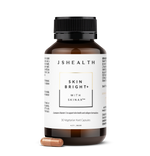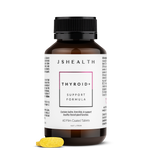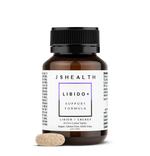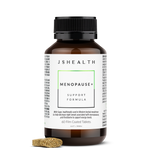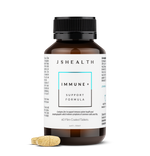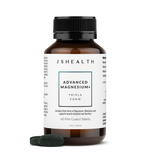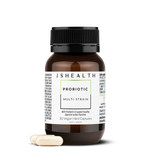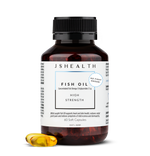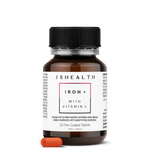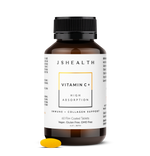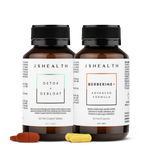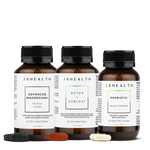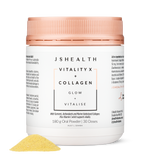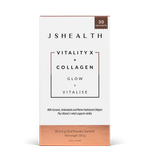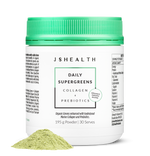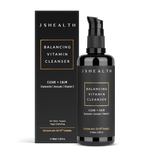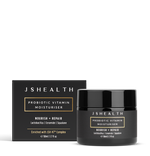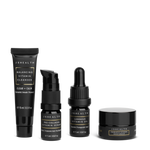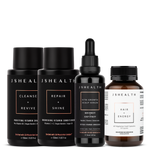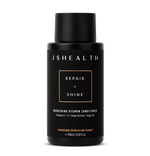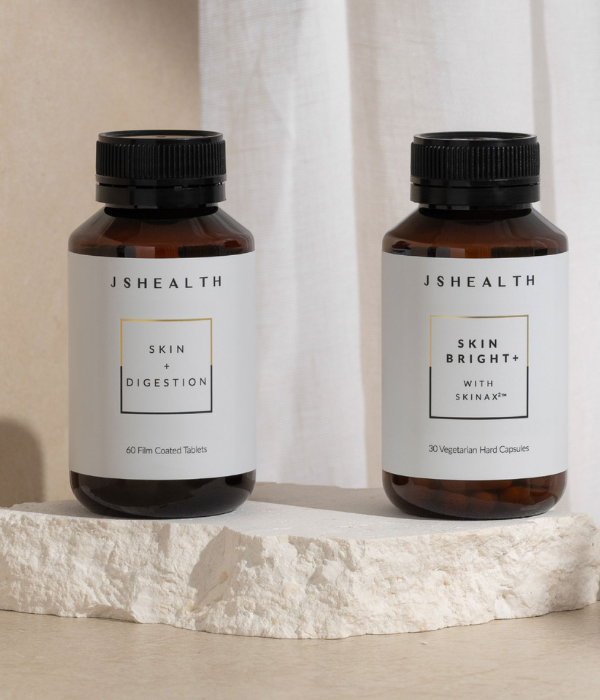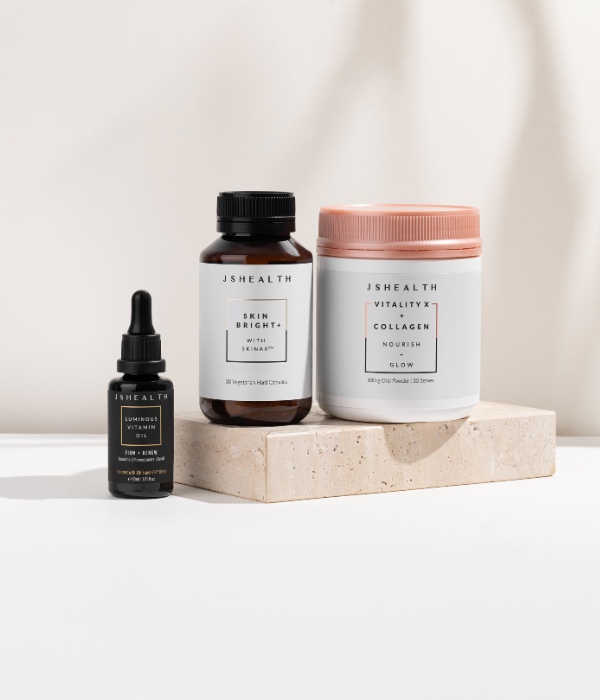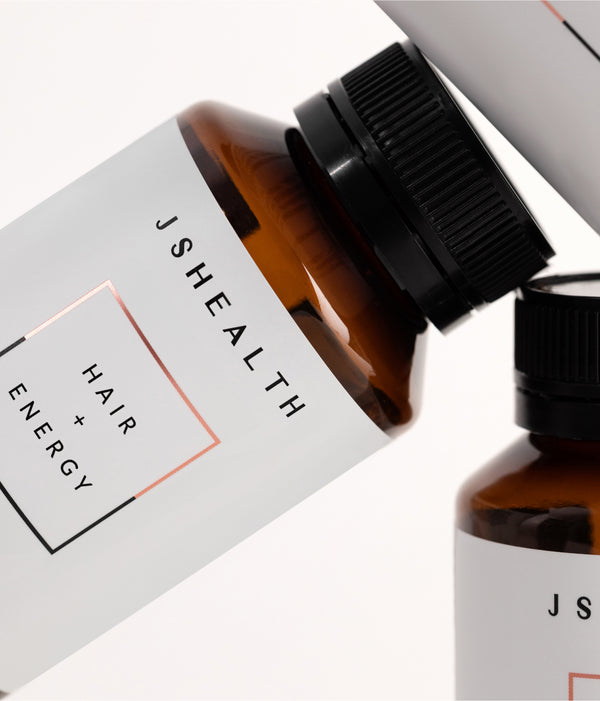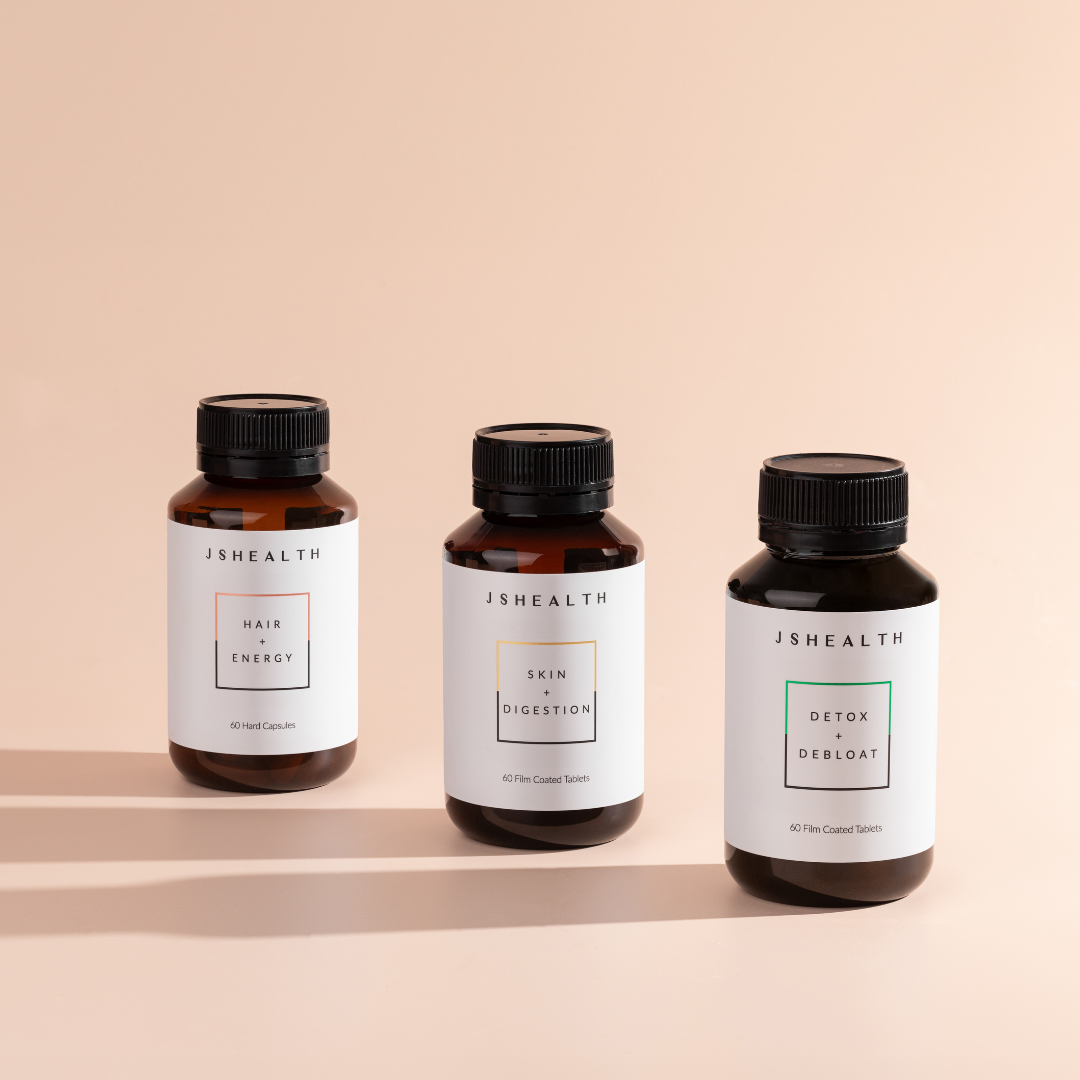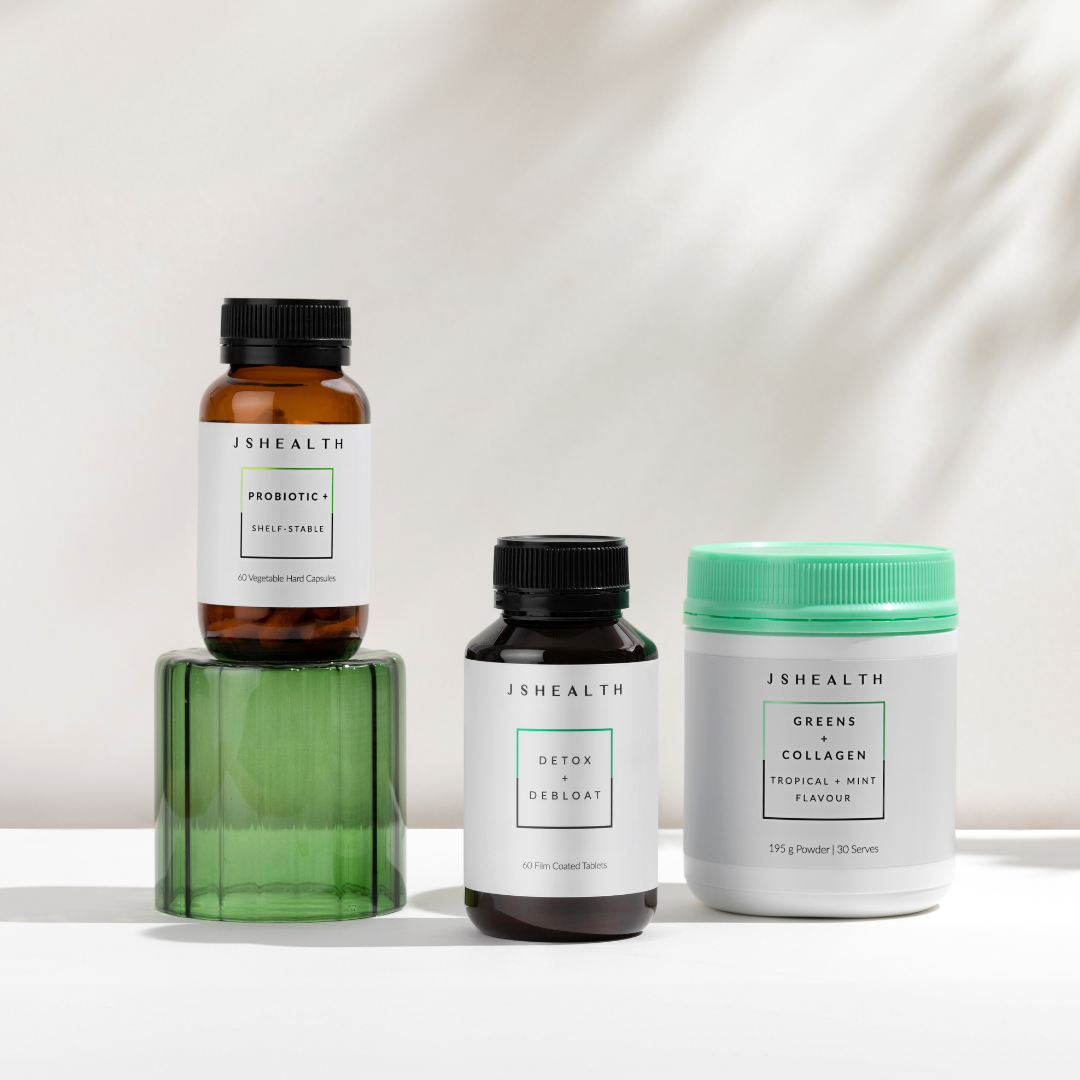How To Recover Like A Pro
Feeling inspired by the pros at Wimbledon? We’re unpacking what an all-star recovery regime looks like, so you can get the most out of moving your body!
Whether you prefer to run, swim, dance, cycle or do pilates from home - these are the recovery tips you need in your toolkit to perform at your best and recover with ease.
1. The Power of Protein
Protein is essential for muscle recovery as it provides the building blocks (amino acids) necessary for repairing and rebuilding muscle tissue that is damaged during exercise.
You should aim to consume adequate protein throughout the day, as well as a serving within the first 1-2 hours of exercise(1), which will promote muscle protein synthesis (the process of building new muscle fibres and restoring muscle glycogen stores).
Do you know how much protein you’re consuming each day? The National NRV recommends a national intake of 0.75 grams of protein, per kilogram of bodyweight.(2)
Common protein sources include:
- Lean meats (Chicken breast, Tuna, Beef)
- Dairy (Greek Yoghurt, Cottage Cheese)
- Eggs
- Tofu
- Grains (Quinoa, Buckwheat, Wild Rice, Oats)
- Whey or Plant Protein Powders
- Seeds (Hemp and Pumpkin)
- Chickpeas
- Soy
- Lentils and Beans
- Almonds
For a delicious, protein-rich recovery smoothie, try our Founder Jess' Raspberry Protein Smoothie.
2. Stay Hydrated
Hydration is absolutely essential during (and after exercise) as it supports nutrient delivery, waste removal and temperature regulation within our bodies. It also allows our muscles to recover with ease!(3)
To hydrate effectively, drink water regularly throughout the day, especially around physical activity. Electrolyte-rich beverages or herbal teas can assist with replenishing minerals lost during exercise.
3. Hot and Cold Technique
Saunas and ice baths are increasing in popularity - and for good reason! Contrast therapy is a tool that many athletes adopt, due to how effective it is for rapid muscle recovery(4).
How does it work?
- Heat, like warm packs or baths, increases blood flow to muscles, delivering nutrients and reducing stiffness.
- Cold therapy, such as ice packs or ice baths, reduces inflammation, allowing muscles to heal at a quicker rate.
Alternating between hot and cold treatments in the one session can optimise blood flow and reduce swelling. The benefits are quick-felt whilst enhancing muscle healing and alleviating discomfort - win, win!
4. Muscle Therapies
Massage and acupuncture are additional treatments to add to your recovery protocol.
Manipulation of the body’s major muscle groups (by a trusted professional) can aid muscle recovery by enhancing circulation and delivering nutrients to muscle tissue - or provide relief and reduce soreness to any pesky injuries.
- Massage: Relaxes muscles, improves flexibility, and clears metabolic waste(5).
- Acupuncture: Stimulates nerves to release natural pain-relieving chemicals, reducing inflammation and enhancing recovery(6).
The two combined together is a powerful recovery treatment that can offer quicker tissue healing and improved range of motion!
5. Mighty Magnesium
Magnesium is a crucial muscle recovery mineral due to the way it can allow muscles to relax after exertion - it’s also renowned for its ability to reduce DOMS (Delayed Onset Muscle Soreness), cramps and stiffness.(7)
How does it work?
- Magnesium supports over 300 biochemical reactions in the body, including those vital for protein synthesis and energy production in muscle cells, essential for repairing tissue damage post-exercise.
- Magnesium also aids in regulating electrolyte balance, crucial for optimal muscle function and nerve transmission.
Ensuring adequate magnesium intake (through diet or with a quality supplement) can accelerate recovery, enhance performance, and boost your overall endurance and performance!
Our NEW Advanced Magnesium+ Powder stars our best-selling triple form Magnesium at a 400 mg dose, in a delicious Raspberry Lemonade. You can weave our blend into your daily moment of wellness to perform, rest and reset.
Shop Here!
6. Stretching
Finally, don’t forget to stretch. Stretching (both before and after your workout) is essential for performance and recovery.
Stretching aids in post-workout recovery by reducing muscle soreness and stiffness, allowing the muscles to cool down and stimulate blood flow. It also helps to lengthen muscles that may have tightened during exercise, promoting faster recovery and enhanced flexibility.
Try one of our expert-guide stretch routines in the JSHealth App for free!
References
- Vliet, S.V., Beals, J.W., Martinez, I.G., Skinner, S.K., Burd, N.A., Achieving Optimal Post-Exercise Muscle Protein Remodeling in Physically Active Adults through Whole Food Consumption. Nutrients, (2018), 16(10), PubMed
- Nutrient Reference Values for Australia & New Zealand (2024), Protein, <https://www.eatforhealth.gov.au/nutrient-reference-values/nutrients/protein>
- Judge, L.W., Bellar, D.M., Popp, J.K., et al. Hydration to Maximize Performance and Recovery: Knowledge, Attitudes, and Behaviors Among Collegiate Track and Field Throwers (2021), 28 (79), pp.111-122. PubMed
- Bieuzen, F., Bleakley, C.M., Costello J.T., Contrast water therapy and exercise induced muscle damage: a systematic review and meta-analysis (2013), 23:8, PubMed
- Weerapong, P., Hume, P.A., Kolt, G.S. The mechanisms of massage and effects on performance, muscle recovery and injury prevention, (2005) 35(3) PubMed
- Tang, C.T, Song, B. Acupuncture and Dry Needling for Sports Performance and Recovery, (2022), 21(6), pp. 213-218. PubMed
- Reno, A.M, Green, M., Killen, L.G., O'Neal, E.K., Pritchett, K., Hanson, Z. Effects of Magnesium Supplementation on Muscle Soreness and Performance, (2022), 36(8), PubMed

